The growing stock of augmented reality apps filling up the Magic Leap store seems to be picking up pace in recent months.
On Tuesday, the latest addition to the Magic Leap World store came in the form of Dinosaur Kit, an app that offers an immersive education path for those budding paleontologists among us.
- Don't Miss: 5 Magic Leap Apps You're Probably Missing, Including Star Wars, the Magicverse Matrix, AR Jenga, & More
The app was developed by Kubold, which is the creation of game animator Jakub Kisiel. Kisiel has worked on major gaming titles including Gears of War, Unreal Tournament III, and Infinity Blade II. Available as a free download, Dinosaur Kit is, for now, fairly simple, offering just two skeletal models as puzzles for users to put together: One is a velociraptor and the other is a protoceratops.
When you get started, the app uses your existing space, which has already been spatially mapped by the general Magic Leap system. It presents you with a tabletop-style presentation of the disassembled dinosaur skeleton.
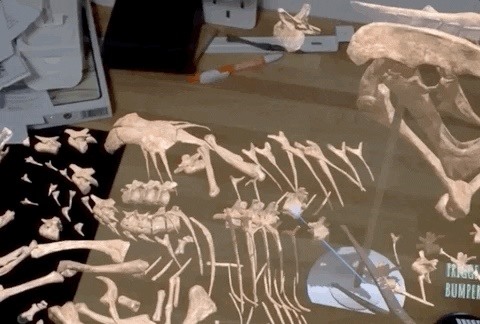
The placement is the only part of the experience where I was met with some bugginess. It took more than a few tries to properly get the puzzle construct onto the surface of my mapped space. But after that's done, everything is very straightforward and surprisingly fun.
You're given two modes to operate in: Complex or Simple. The Complex mode lives up to its name, as the bones of the dinosaurs are broken down to incredibly tiny parts. In Complex mode this puzzle will likely take most people quite some time to finish assembling. The good news is that you can easily save your progress and return to the skeletal puzzle later. The Simple mode allows you to skip the deep dive into paleontology and just snap a small number of large bone components together quickly (each giving a satisfying haptic feedback buzz on the Control device when properly placed).

The reward for a competed skeletal puzzle is watching the skeleton transform in front of you into a fully fleshed out and alive dinosaur. While the dinosaur moves around and reacts to your presence, the app's narrator reads background information about the dinosaur. It's a simple yet powerful demonstration of how the Magic Leap One could be used for education.
The only thing on my wish list for this app is the ability to interact using your hands and fingers, and a much wider variety of skeleton content. What I'd love to see is this approach applied to human anatomy, giving the user levels of complexity while teaching them about how the human body works.
I've tried similar apps in VR, but there's something about doing this in AR that feels a lot more practical and less like a game. Translation: If you're looking for persuasive examples of spatial computing as an effective educational tool, this should be at the top of your list.
Just updated your iPhone? You'll find new emoji, enhanced security, podcast transcripts, Apple Cash virtual numbers, and other useful features. There are even new additions hidden within Safari. Find out what's new and changed on your iPhone with the iOS 17.4 update.





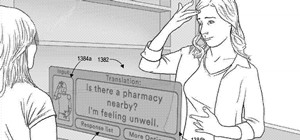

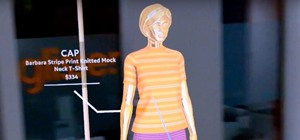
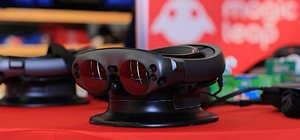


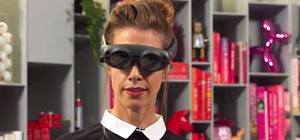

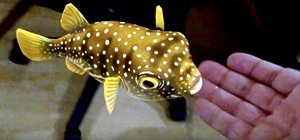

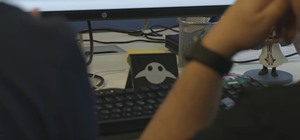
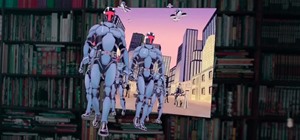
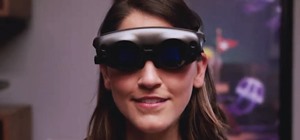
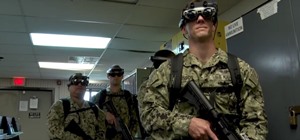
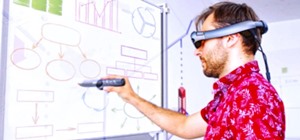


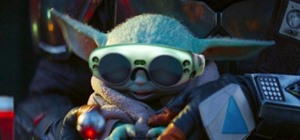


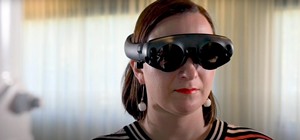
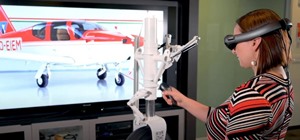

Be the First to Comment
Share Your Thoughts